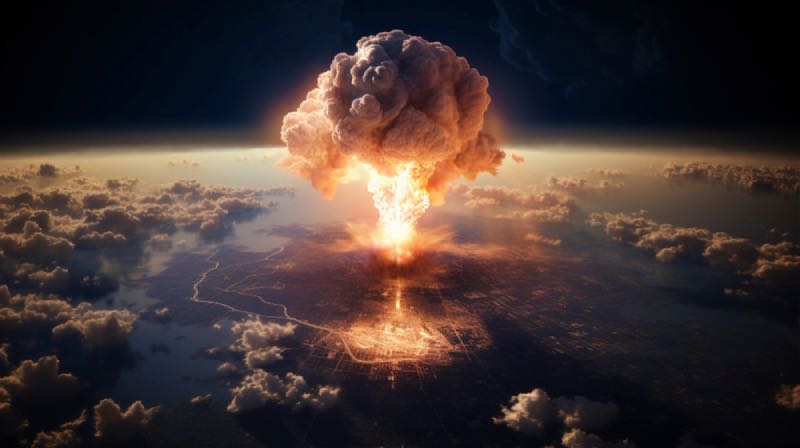The world has witnessed the explosion of more than 2,000 nuclear bombs since the first test in 1945. These tests, conducted by various nations, shaped global politics, military strategies, and public health concerns. While international treaties have slowed testing, the legacy of these explosions remains.
The History of Nuclear Bombs and Their Impact
The first nuclear bomb was tested on July 16, 1945, in New Mexico as part of the Manhattan Project. Shortly after, the U.S. dropped two atomic bombs on Japan, ending World War II and ushering in the nuclear age. Over the following decades, nuclear testing escalated as countries raced to develop and refine their arsenals.

The United States led the charge with over 1,000 tests, followed by the Soviet Union with 715. The 1950s and 1960s saw the peak of atmospheric testing, with explosions in the Pacific, Nevada, and Siberia. The 1962 Cuban Missile Crisis further fueled tensions, leading to a record number of tests that year. However, nuclear fallout from tests like the 1954 Castle Bravo disaster raised global concerns. The radioactive contamination of the Marshall Islands and other affected areas sparked international protests, pressuring governments to reconsider their testing policies.
How These Bombs Changed Global Policies
The dangers of nuclear fallout led to the 1963 Limited Test Ban Treaty, which prohibited nuclear explosions in the atmosphere, outer space, and underwater. This pushed testing underground, where it continued for decades. France and China ignored early bans, conducting atmospheric tests until 1974 and 1980, respectively.
With growing calls for disarmament, the Comprehensive Nuclear-Test-Ban Treaty (CTBT) was introduced in 1996. Although 187 countries have signed it, some key nations, including the U.S. and China, have not fully ratified it. The last confirmed nuclear test occurred in 2017 by North Korea, raising fears of renewed testing.
Despite fewer tests in recent decades, nuclear weapons remain a global concern. The threat of modern conflicts and advancements in technology such as AI and other invetions continue to fuel discussions on nuclear policy.
